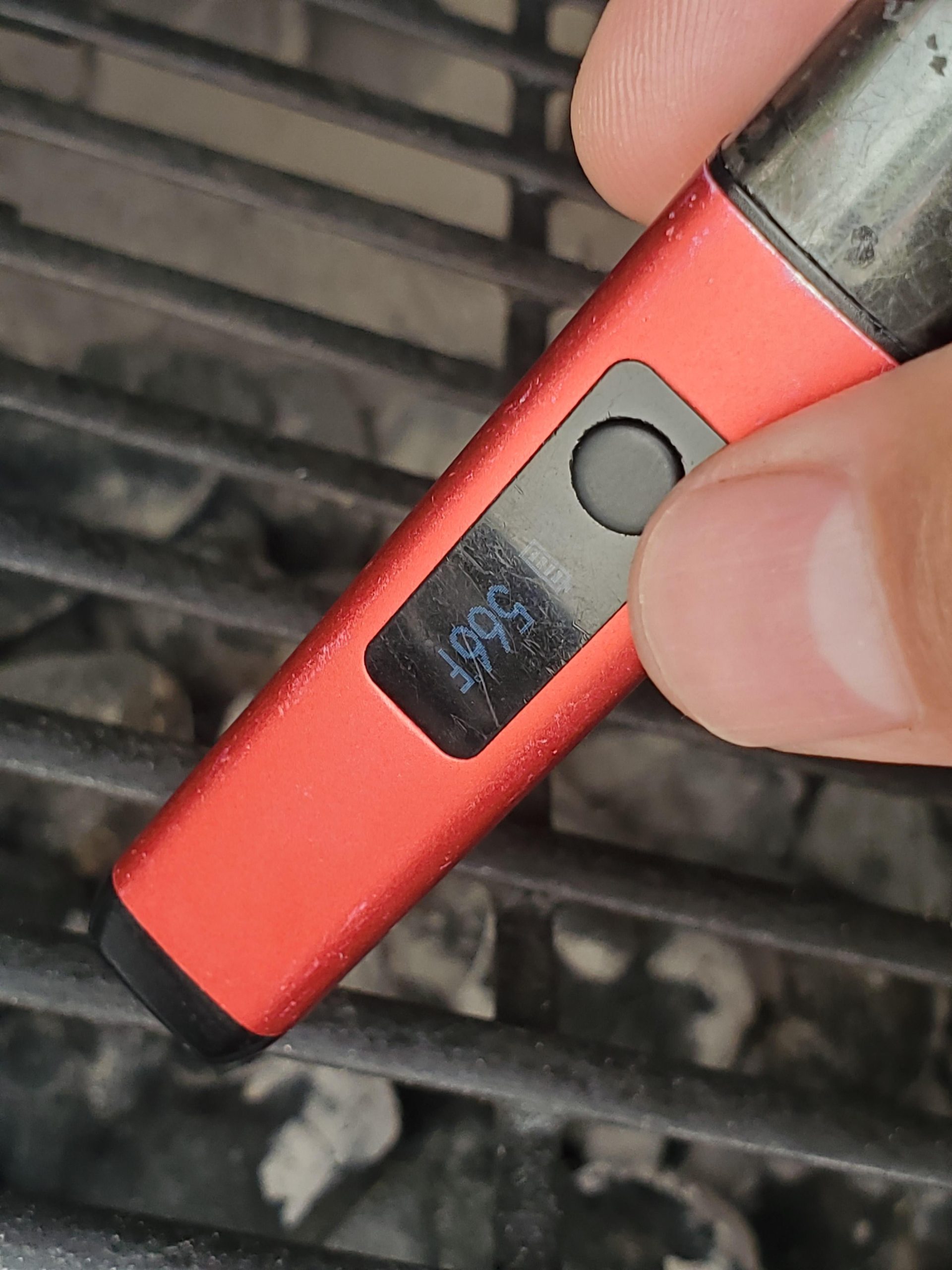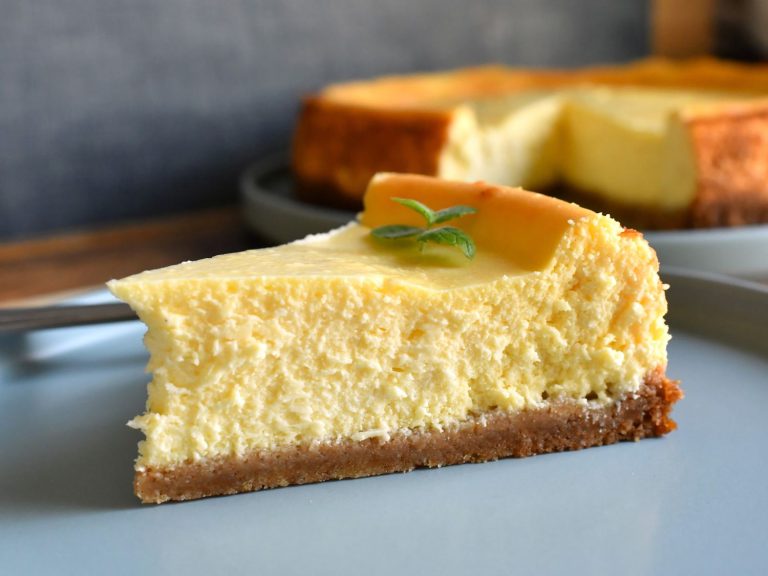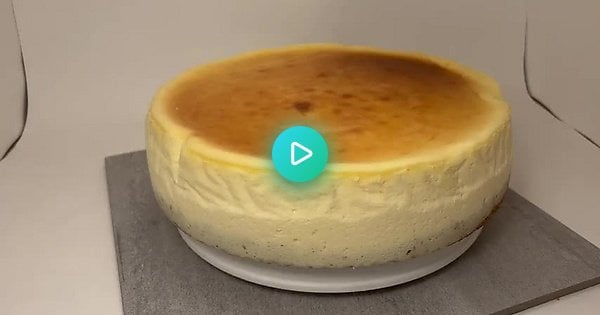What is a Hot Knife Used For? Essential Uses You Need to Know
What is a hot knife used for? A hot knife is used for cutting and sealing synthetic materials like nylon, rope, webbing, foam, and plastic. The heated blade melts as it cuts, preventing fraying or loose edges. It’s commonly used in crafting, fabric work, packaging, and industrial applications for clean, precise, and durable cuts.
Have you ever wondered what a hot knife is really used for? If you’re curious about this handy tool and how it can make your projects easier, you’re in the right place.
Whether you’re tackling crafts, working with fabrics, or handling tough materials, knowing how to use a hot knife can save you time and effort. Keep reading, and you’ll discover exactly why this tool might become your new best friend.
What is a Hot Knife Used For?
Basics Of A Hot Knife
A hot knife is a tool that heats up a blade to cut through materials smoothly. It uses heat to melt through fabric, rope, foam, and plastic. This makes cutting easier and cleaner than using a regular knife. The hot blade seals edges as it cuts, which stops fraying and unraveling.
Hot knives come in different shapes and sizes. Some are handheld and electric, while others are larger machines for industrial use. The temperature of the blade can often be adjusted depending on the material being cut. This control helps prevent burning or damaging the material.
What Is A Hot Knife?
A hot knife is a cutting tool with a heated blade. It melts through materials instead of slicing them. The heat seals edges, which keeps cuts neat. This tool works well on synthetic fabrics, foam, and plastic.
How Does A Hot Knife Work?
The blade heats up using electricity or gas. Once hot, it melts through the material as you cut. The heat stops fibers from fraying or unraveling. This gives a smooth and clean cut every time.
Common Materials Cut By A Hot Knife
Hot knives cut many materials easily. These include nylon, polyester, foam, rope, and plastic sheets. The tool is perfect for synthetic fabrics that melt instead of tear. It also works well on thick ropes and craft foam.

Credit: www.reddit.com
Cutting Synthetic Fabrics
Synthetic fabrics like nylon, polyester, and acrylic need careful cutting. Traditional scissors can cause frayed edges or uneven cuts. A hot knife solves these problems by cutting and sealing the fabric simultaneously. This tool is essential for anyone working with synthetic materials.
Using a hot knife ensures clean, smooth edges on synthetic fabrics. It prevents unraveling and saves time during projects. Many crafters, tailors, and manufacturers rely on hot knives for precise fabric work.
How A Hot Knife Works On Synthetic Fabrics
A hot knife heats up to a high temperature and melts through fabric fibers. As it cuts, it seals the edges by melting them slightly. This stops fraying and keeps the material strong.
The heat allows the blade to glide smoothly without pulling or snagging. This makes cutting fast and accurate. It works best on synthetic fabrics because they melt rather than burn.
Benefits Of Using A Hot Knife For Synthetic Fabrics
Hot knives create clean edges that last longer. They reduce fabric waste by preventing damage during cutting. The sealed edges also help improve the final look of projects.
This tool cuts through multiple layers easily. It is ideal for making sails, banners, or clothing from synthetic fabric. Users save time and effort compared to scissors or rotary cutters.
Tips For Cutting Synthetic Fabrics With A Hot Knife
Keep the blade clean for smooth cuts. Use steady, even pressure while cutting. Avoid pressing too hard to prevent melting too much fabric.
Test on scrap fabric first to find the right temperature. Work in a well-ventilated area to avoid fumes. Always handle the hot knife carefully to avoid burns.
Crafting Foam And Plastics
Crafting foam and plastics involves shaping, cutting, and forming materials for various projects. These materials are popular because they are lightweight and easy to work with. A hot knife is a useful tool in this process. It helps create clean cuts and smooth edges without tearing or breaking the material.
Using a hot knife allows crafters to work faster and with more precision. The blade heats up and melts through foam or plastic. This method reduces mess and makes detailed work simpler. It is especially helpful for hobbyists, designers, and DIY enthusiasts.
Cutting Foam With Precision
Foam is soft and can be tricky to cut smoothly. A hot knife melts through foam instead of slicing it. This prevents rough edges and uneven cuts. It works well on craft foam, insulation foam, and packaging foam. The result is clean shapes ready for painting or assembly.
Shaping Plastic Materials
Plastic sheets and components can crack or chip when cut with regular tools. A hot knife softens the plastic as it cuts. This makes shaping easier and reduces damage. It is ideal for thin plastics used in models, signs, and crafts. The tool offers control to create curves and angles.
Sealing Edges To Prevent Fraying
Some foam and plastic types fray or peel at the edges after cutting. A hot knife seals these edges by melting them slightly. This stops the material from falling apart. It also gives a neat, finished look to the project. Sealing edges increases the durability of the crafted item.

Credit: www.amazon.com
Sealing Ropes And Cords
Ropes and cords can fray or unravel at the ends after cutting. This makes them weak and less useful. A hot knife helps stop this problem by sealing the ends quickly and cleanly.
Sealing ropes with a hot knife melts the fibers together. This creates a smooth, strong end that does not fall apart. It saves time and effort compared to other methods like tying knots or using glue.
How A Hot Knife Seals Ropes
The hot knife heats up to a high temperature. When pressed to rope ends, it melts the material instantly. This seals the fibers tightly without burning or damaging the rest of the rope.
Heat control is important. Too much heat can damage the rope. Too little heat will not seal it properly. A hot knife designed for this job offers the right balance.
Types Of Ropes And Cords That Benefit
Synthetic ropes like nylon, polyester, and polypropylene work best with hot knives. These materials melt easily and seal well. Natural fibers like cotton or hemp do not melt and need other methods.
Thin cords and thick ropes both benefit. The hot knife adapts to different sizes. This makes it a useful tool for many outdoor, craft, and industrial tasks.
Safety Tips For Sealing Ropes
Always use heat-resistant gloves to protect your hands. Work in a well-ventilated area to avoid fumes. Keep the hot knife away from flammable materials. Let the sealed ends cool before handling.
Follow the manufacturer’s instructions for best results. Proper care ensures safety and a strong seal every time.
Applications In Diy And Repairs
Hot knives are handy tools in many DIY and repair projects. They cut and shape materials easily and cleanly. This makes them popular for hobbyists and professionals alike. Their ability to melt through certain materials helps create smooth edges and precise cuts.
Using a hot knife saves time and effort. It reduces the need for sanding or extra finishing. The tool works on various materials, which adds to its usefulness in repairs and crafting tasks.
Hot knives are excellent for cutting synthetic fabrics like nylon and polyester. The heat melts the fabric edges, stopping fraying. This feature is useful for making clothes, tents, or bags last longer. It creates neat and durable edges quickly.
Shaping Foam And Plastics
Hobbyists use hot knives to shape foam for models and crafts. It melts foam smoothly without tearing or crushing. Plastics such as polyethylene can also be cut with precision. This makes hot knives ideal for creating custom parts or repairs.
Sealing Rope Ends
Rope ends often unravel over time. A hot knife melts the ends to seal them tightly. This prevents fraying and extends the rope’s life. It is especially helpful in outdoor gear repairs like camping or boating.
Trimming Vinyl And Leather
Hot knives cut vinyl and synthetic leather cleanly. The melted edges help avoid rough cuts. This is useful for upholstery repairs or crafting wallets and bags. The tool offers a smooth finish without extra work.

Credit: www.tricancorp.ca
Frequently Asked Questions
What Materials Can A Hot Knife Cut Through Easily?
A hot knife melts and cuts synthetic fabrics, foam, plastic, and rope without fraying edges.
How Does A Hot Knife Improve Crafting Projects?
It makes clean, smooth cuts fast, saving time and giving neat, professional results.
Is A Hot Knife Safe For Home Use?
Yes, with care and proper handling, it is safe for small DIY tasks at home.
Conclusion
A hot knife cuts through materials quickly and cleanly. It works well on foam, rope, fabric, and plastic. The heat melts edges, stopping frays and rough cuts. Using a hot knife makes crafting and repairs easier. Safety is important—always handle it with care.
This tool suits many projects at home or work. Knowing its uses helps you choose the right tool. Simple, fast, and effective—that’s what a hot knife offers.
Read More
- Best Offset Spatulas for Perfect Cake Decorating and Baking Precision
- Best Ikea Knives for Every Kitchen Task: Top Picks and Reviews
- Best Chef Knife Damascus Blades for Precision and Durability in Kitchen
- Best Jack Wolf Knife: Top Durable Folding Knives for Outdoor Adventures
- Best Inexpensive Paring Knife Sets for Sharp and Precise Cutting
- Best Hot Knife for Cutting Fabric: Top Electric Cutters with Blades
- Best Jamon Knife for Precision Slicing: Top Picks for Perfect Cuts







